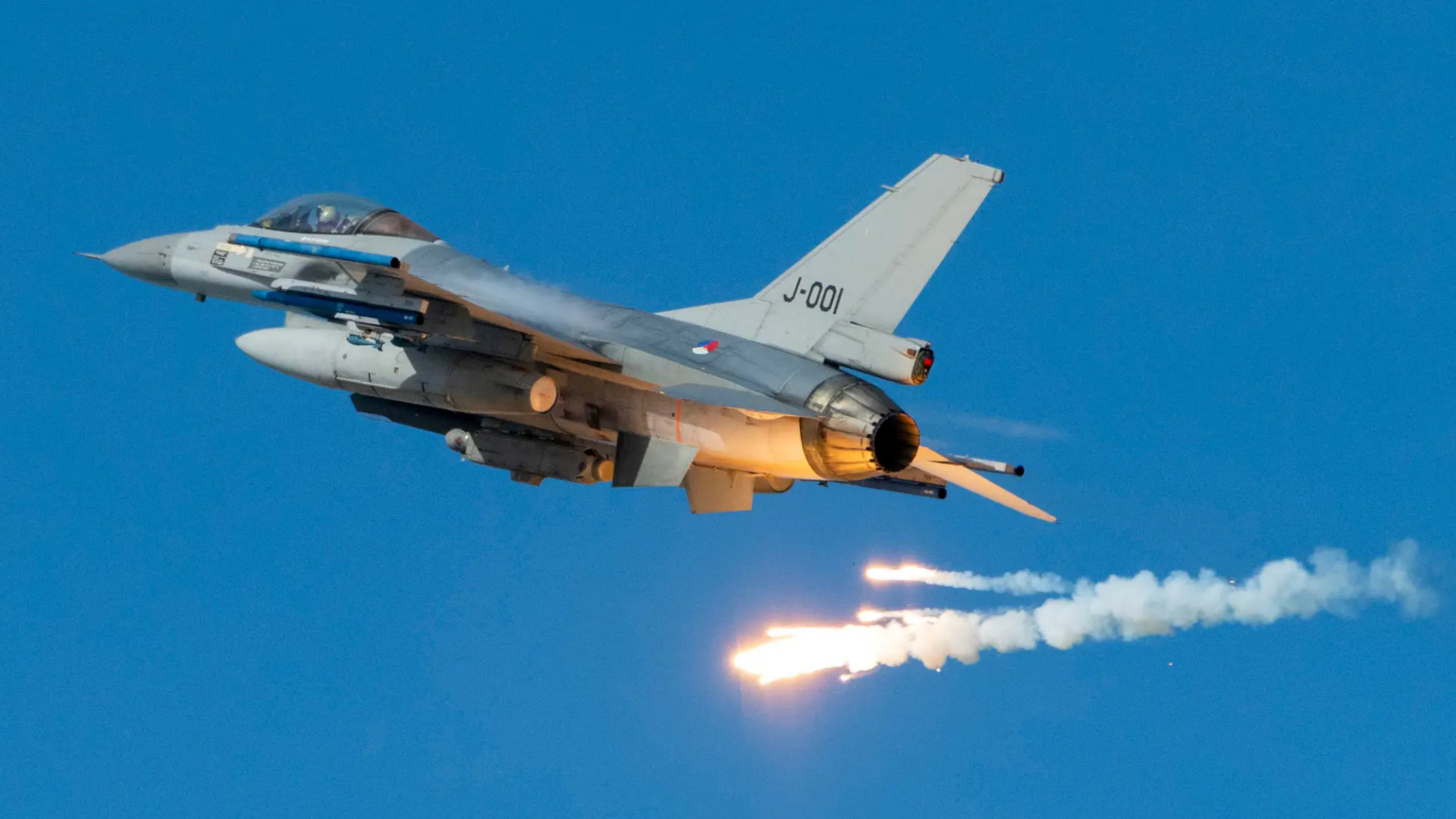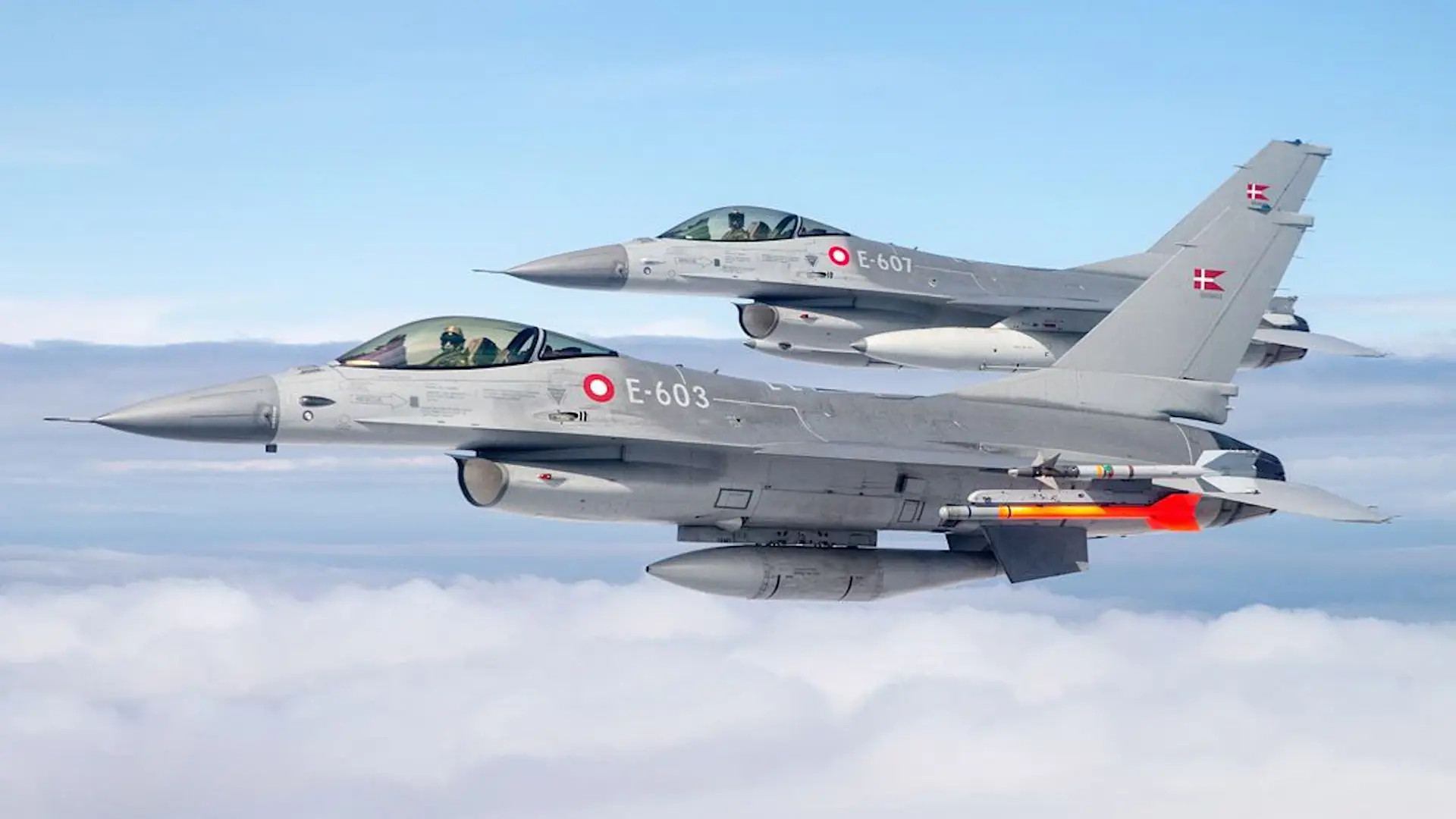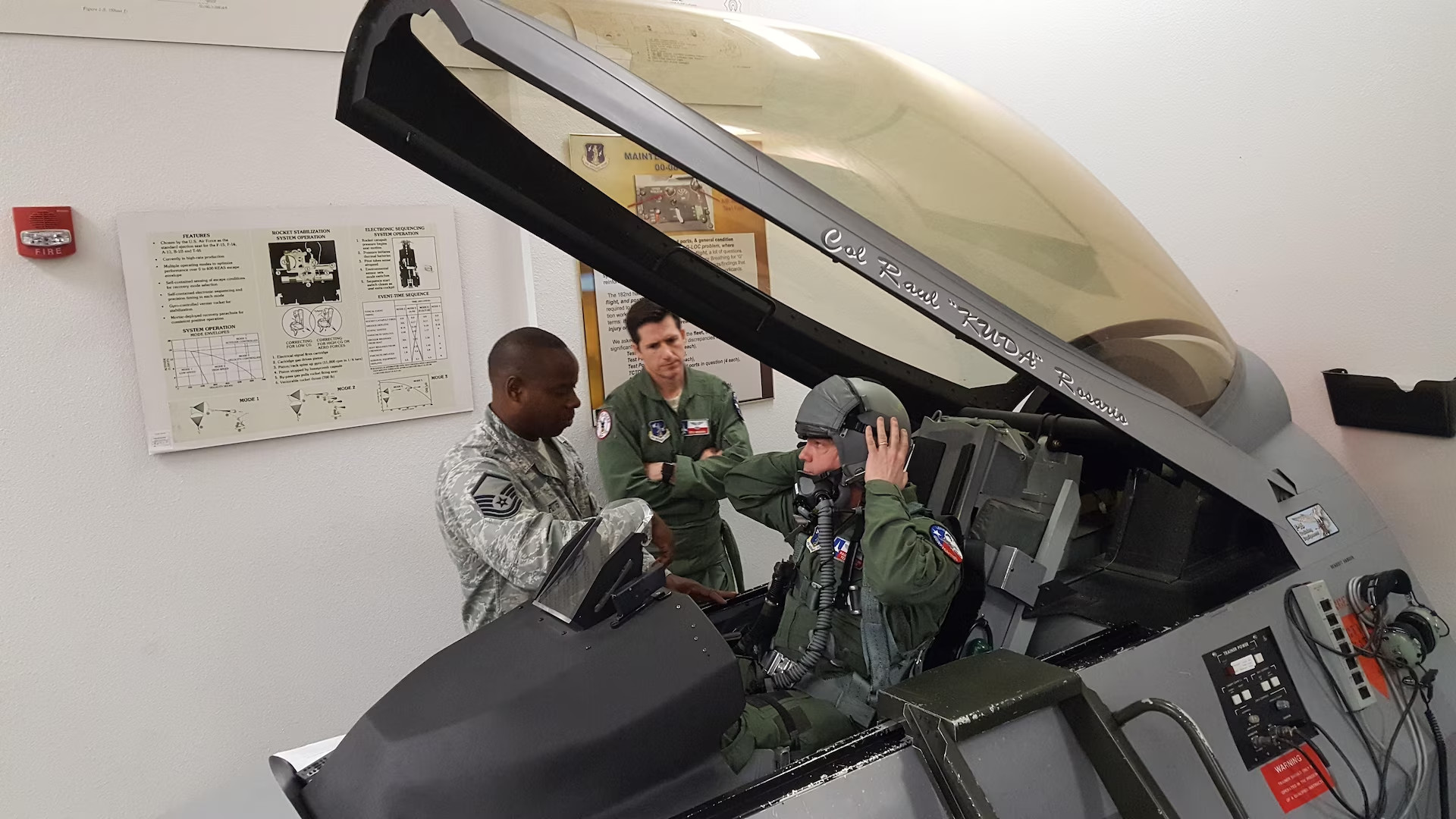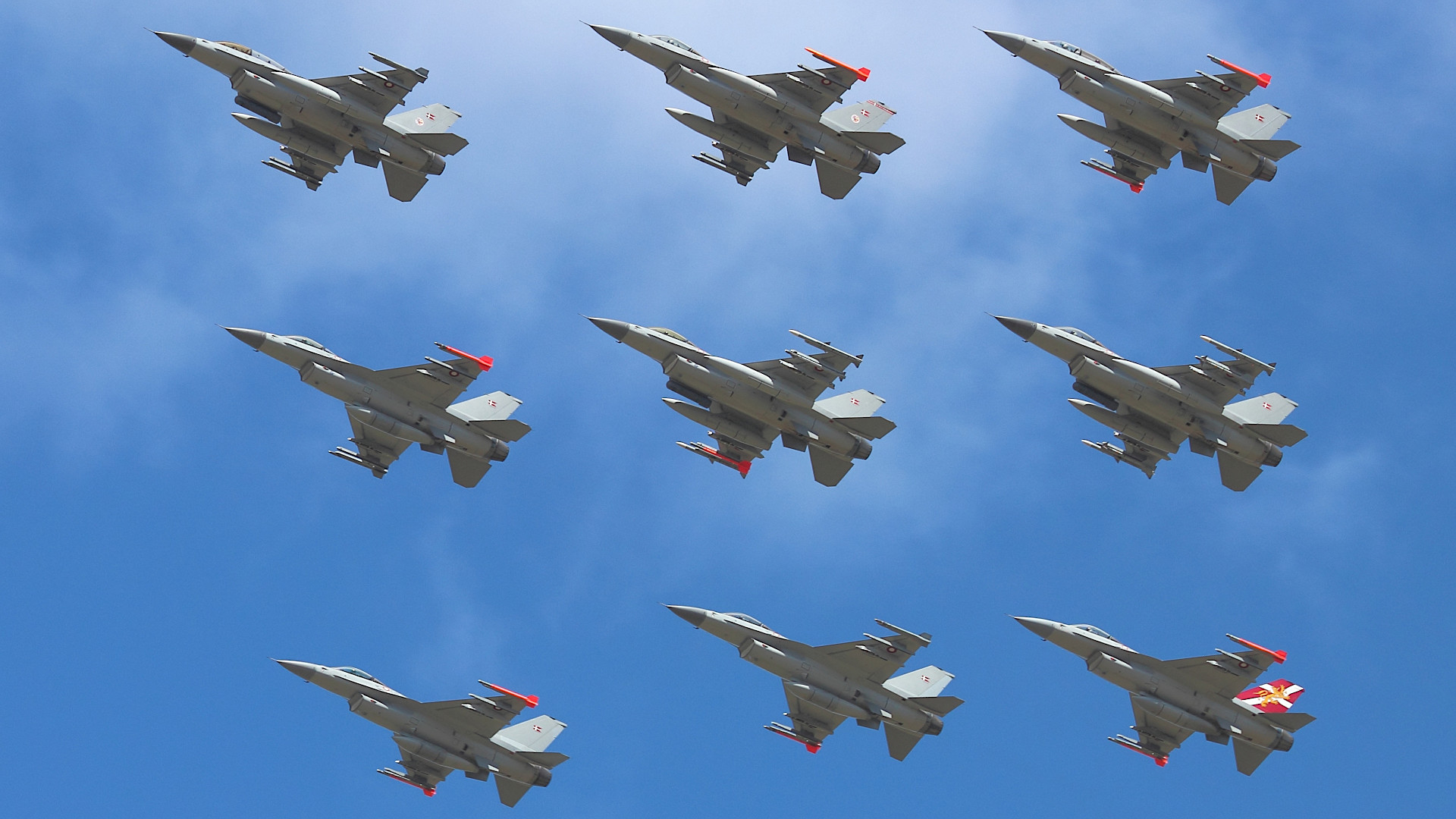The U.S. government has reportedly assured authorities in Denmark and the Netherlands that it will expedite approval of any requests they submit to transfer F-16 Viper fighters to Ukraine. When the Ukrainian Air Force might actually get any of those jets is still unclear amid uncertainty that has been brewing about the multi-national program to train the country’s pilots to fly them and support personnel to maintain them.
Reuters was the first to report on this new development in the ongoing saga of potential F-16 deliveries to Ukraine. The outlet cited an unnamed U.S. official and a copy of a letter it reviewed from Secretary of State Antony Blinken. All Vipers exported to foreign countries are governed by U.S. export controls and further approval from American authorities is required to legally transfer them to third parties like Ukraine.

“I am writing to express the United States’ full support for both the transfer of F-16 fighter aircraft to Ukraine and for the training of Ukrainian pilots by qualified F-16 instructors,” Blinken wrote to his counterparts in Denmark and the Netherlands, according to Reuters. “It remains critical that Ukraine is able to defend itself against ongoing Russian aggression and violation of its sovereignty.”
Reuters did not say how many Vipers either Denmark or the Netherlands might be planning to send to Ukraine. However, The War Zone has previously highlighted how these two countries are among those best positioned to send F-16s to Ukraine, which has been pressing to get these jets since shortly after Russia’s full-on invasion began.
The Royal Netherlands Air Force (RNLAF) has been steadily retiring its F-16A/Bs and replacing them with new stealthy F-35A Joint Strike Fighters in recent years. There are now dozens of ex-Dutch Vipers available for potential transfer to Ukraine. This is thanks, in part, to the significant scaling back of a sale to U.S. adversary air company Draken, which had originally expected to buy 12 of these aircraft and had the option to purchase 28 more. Draken subsequently curtailed its plans and is now acquiring just six of the jets.
The Royal Danish Air Force is also expecting to transition from the F-16 to the F-35. The country recently announced that it was accelerating its replacement plans and for the last of its Vipers to be out of service by 2025. The Danes currently have around 43 F-16AM/BMs in service, batches of which could head to Ukraine as they are retired in the next two years.

Other countries could, of course, also end up sending F-16s to Ukraine as part of a multi-national effort, as you can read more about here. There is already an international coalition, which includes Denmark and the Netherlands, that will be providing training to the Ukrainians on these jets. The training is expected to physically take place in Denmark and Romania.
According to Reuters, Secretary Blinken’s letter to the Danish and Dutch governments says the promise of expedited U.S. approval will help the Ukrainians take “full advantage of its new capabilities as soon as the first set of pilots complete their training.”
This raises additional questions about when Ukraine’s Air Force might actually begin receiving F-16s from Denmark, the Netherlands, or any other country. Despite previous hopes that the first group of Ukrainian pilots would start to train on the F-16 as early as this month, this is now not expected to happen until January 2024, according to a report last week from The Washington Post. This, in turn, would mean that those aviators would not graduate from the training course until sometime next summer. Future classes of F-16 trainees would likely be pushed back, as well.

Limited English language skills among the pilots, as well as ground crew personnel, the Ukrainians plan to send for F-16 training has been cited as a major factor. A lack of available Western trainers has also been raised as an issue.
“To train a fighter pilot you also need fighter pilots,” Dutch Lt. Col. Mark van de Beek said, a spokesperson for that country’s Ministry of Defense, told the Post. “That is expensive and a capability that smaller countries don’t have much anymore.”
Officials in Ukraine have pushed back, accusing Western countries of dragging out the process. Though the U.S. government’s position does seem to have significantly changed in recent months, U.S. authorities, including President Joe Biden, have argued repeatedly in the past that getting F-16s should not be a priority for Ukraine’s armed forces.
Ukrainian officials have been arguing for months now that acquiring more modern Western combat jets, like the F-16, as well as advanced munitions to go with them, are essential. In an interview with The Washington Post in July, commander-in-chief of Ukraine’s armed forces, Gen. Valery Zaluzhny, argued that a lack of modern airpower was directly hampering the country’s ongoing counteroffensive, which has been progressing much slower than had been hoped.
It is, of course, worth noting that the introduction of any single conventional weapon system is unlikely to unilaterally change the course of the conflict.
Regardless, even with Secretary Blinken’s newly reported assurances to the Danish and Dutch governments about approving future F-16 transfers to Ukraine, it very much remains to be seen when any Vipers will touch down in that country.
Contact the author: joe@thedrive.com
